Hisense H65U8BUK Review
Hisense H65U8BUK Review
A feature rich mid-range 4K TV from Hisense with Dolby Vision and Dolby Atmos
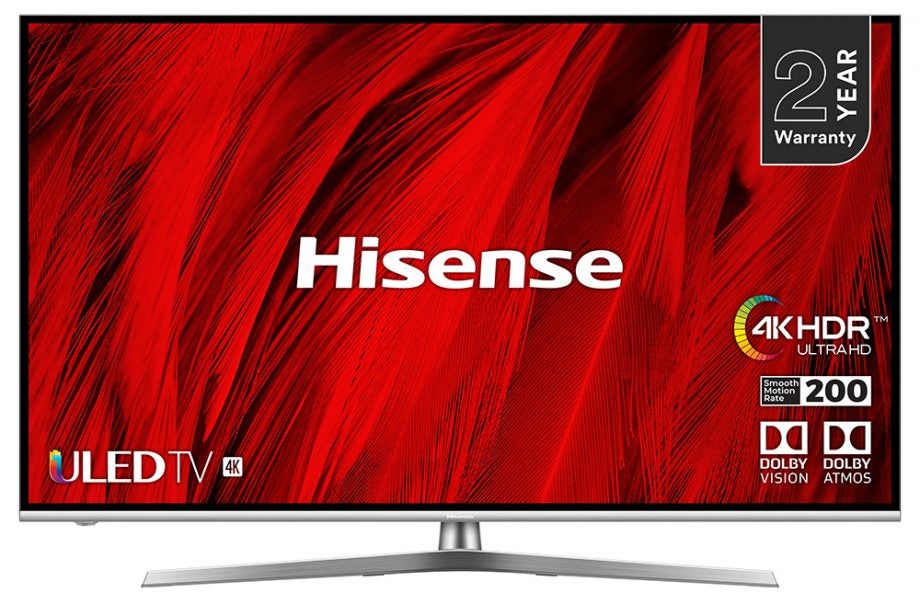
Verdict
Well specified and built, the U8B is an excellent flagship ULED for Hisense. There are picture caveats, but these should be balanced against its aggressive price point. Out of the box, it looks bright with HD SDR, and its presentation of 4K detail is first-rate. More of an everyman flatscreen than enthusiast display, we rate it as solid value.
Pros
- 65 big inches at a reasonable price
- HDR10, HLG and Dolby Vision HDR
- Unapologetically vibrant presentation
Cons
- Limited black level performance
- Blooming and halo backlight issues
Key Specifications
- Review Price: £999
- 4K UHD TV with Dolby Vision HDR
- Dolby Atmos audio
- Vidaa U Smart TV platform
- Freeview Play
The Hisense U8B is the flagship ULED LCD TV in the Chinese brand’s 2019 range. Available in 55 and 65-inch screen sizes (the latter made it to our test bench), it’s positioned above the U7B – key differences include higher screen brightness and more advanced image interpolation – and sits to the right of Hisense’s first OLED offering, the O8B.
Priced around £999, this is a large, affordable – rather than cheap – UHD TV, offering both Dolby Vision HDR and Dolby Atmos support, features that were once the preserve of fancier panels.
So, is this going to be your first Hisense TV buy?
Design and build − The Hisense U8B is a robustly built unit with all the connections you’d expect
Tipping the scales at 20.6kg, there’s little doubt that Hisense is aware of how to build a substantial screen. What the brand may lack in distinctive design language, it makes up for in material vigour. Framed by an imposing silver-grey bezel, this TV looks subjectively larger than its black-framed peers.
The U8B is thin, too. An edge-lit model, there’s no full array local dimming to add cabinet depth. Obviously, this has an impact on picture performance, but let’s not gets ahead of ourselves.
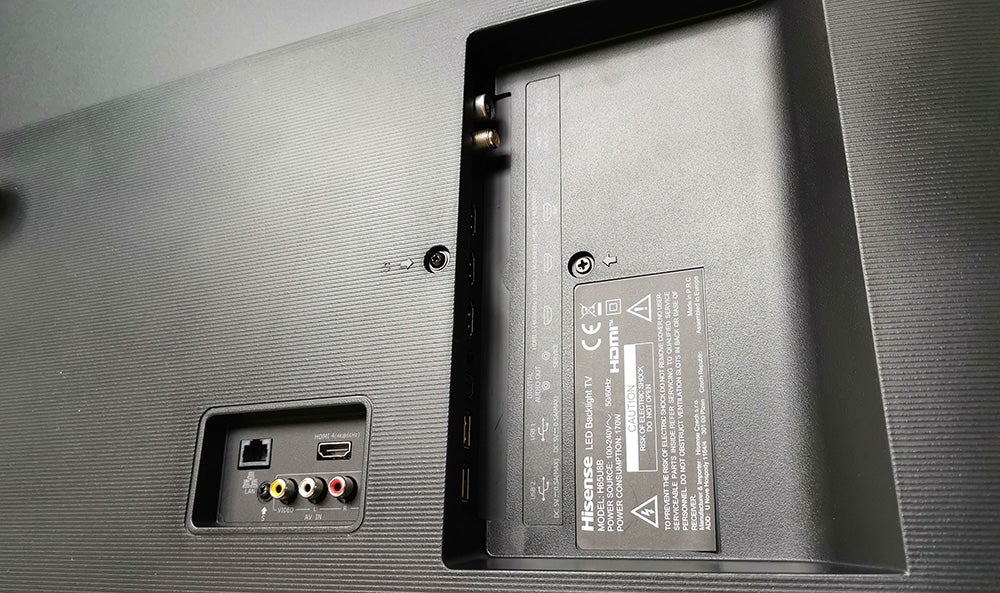
The panel sits on a v-shaped pedestal. It’s quite wide, so you’ll probably need to invest in suitably wide AV furniture if you choose not to wall-mount the unit.
Connectivity includes four 4K-enabled HDMI inputs, two USB ports, Ethernet, a digital optical audio output, 3.5mm analogue audio jack and a composite AV input. Wireless connectivity comprises Wi-Fi and Bluetooth.
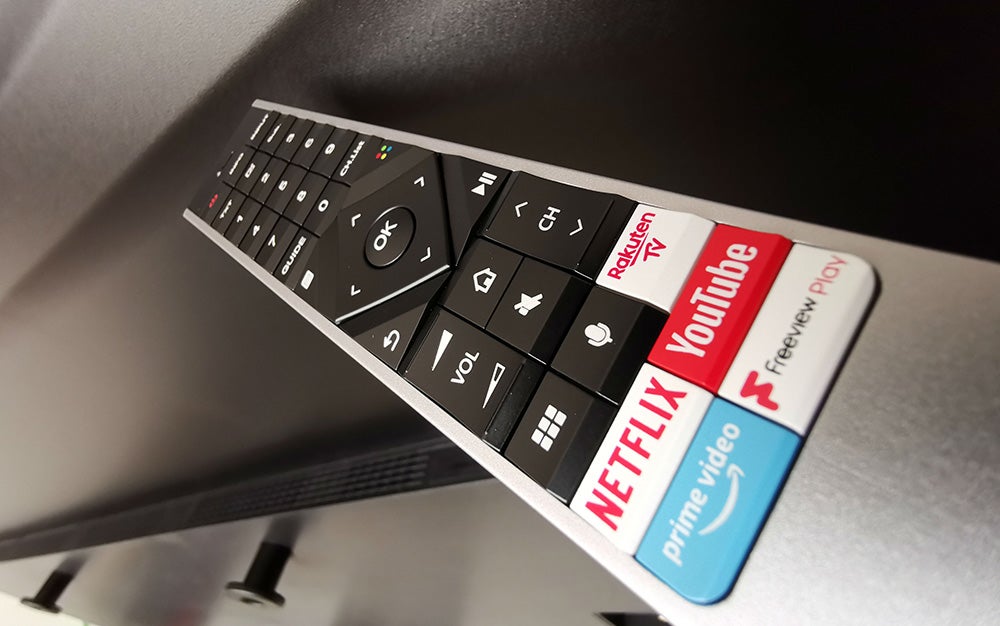
The TV comes with two remote controls: one a standard full-buttoned blaster and a second simpler remote. Reflecting the set’s OTT streaming support, there are dedicated buttons for RakutenTV, Netflix, YouTube, Amazon Prime Video and Freeview Play.
Features and usability − The Hisense U8B’s smart interface is refreshingly uncomplicated and easy to use
The U8B ranks highly when it comes to everyday functionality. Network connectivity comes via Hisense’s own Vidaa U platform, and it’s refreshingly uncomplicated to use. Outwardly it doesn’t try to do anything other than simplify access to OTT streaming services and connected sources.
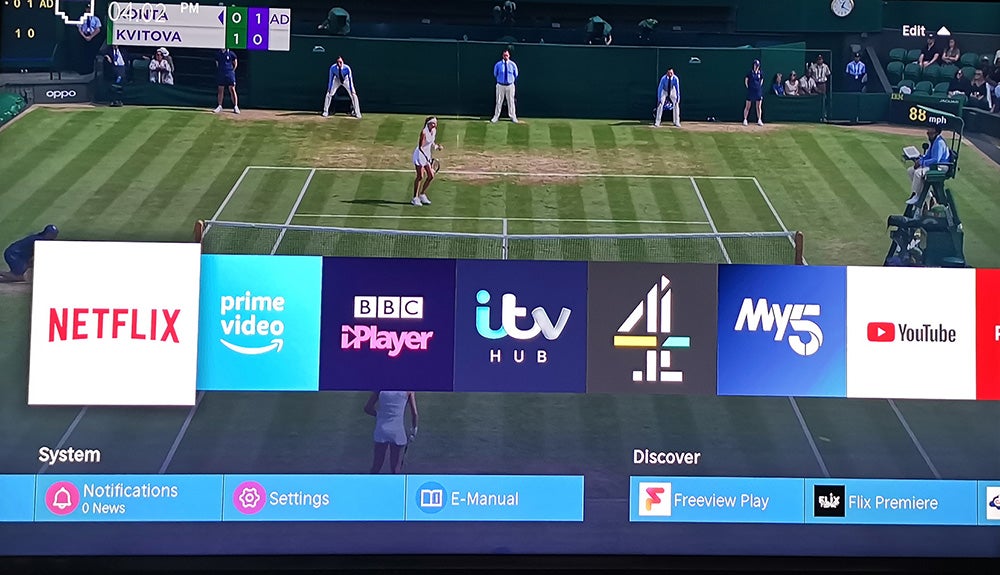
And that’s exactly what most buyers will be looking for. In addition, since this is a Freeview Play model, there’s a full complement of mainstream catch-up players to hand.
Related: Freeview Play – What is it and what do you need to know?
Performance − The Hisense U8B’s local dimming performance is patchy, but overall it puts in a respectable performance
The U8B wants to be noticed. Its main picture presets are dominated by lush colours and a higher average picture level. It positively revels in vibrancy. Straight from the box, the images on this Hisense pop. At least that’s the story with regular hi-definition SDR content sources.
Image modes comprise Standard, Cinema Day, Cinema Night, Dynamic and Sports flavours. This choice changes appropriately if Dolby Vision HDR signals are received.
Related: Dolby Vision HDR – everything you need to know
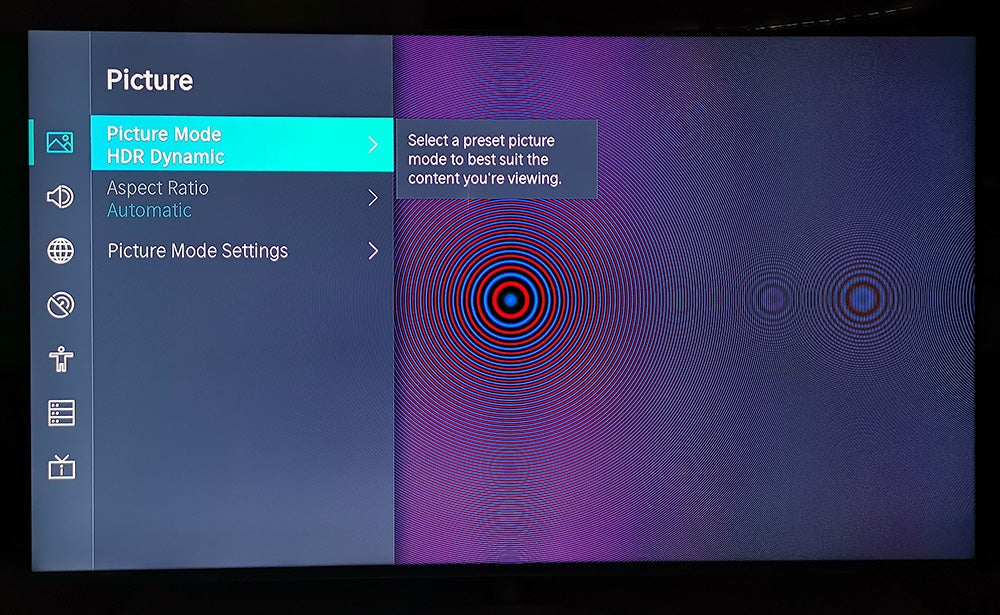
As a general rule, the Standard preset is our preset recommendation for non-sports content. There’s effervescence to its candy colours, yet it doesn’t look over cranked. Brightness, contrast and colour saturation all sit at a safe medium position. Admittedly, skin tones can seem a little over-inked, but a mild adjustment will rectify the issue.
If you do find its performance in Standard or Dynamic modes oversaturated, then either of the Cinema modes will take the pressure off your retinas.
When it comes to 4K upscaling, the set offers a business-like performance. Is there anything clever going on within the picture engine? Hisense is keeping its cards close, but we don’t think so. The upshot is HD SDR original material looks pixel dense, and perfectly fine.
HDR support covers standard HDR10, HLG and Dolby Vision. The set doesn’t embrace HDR10+, the rival dynamic metadata standard to Dolby Vision.
Related: What is HDR?
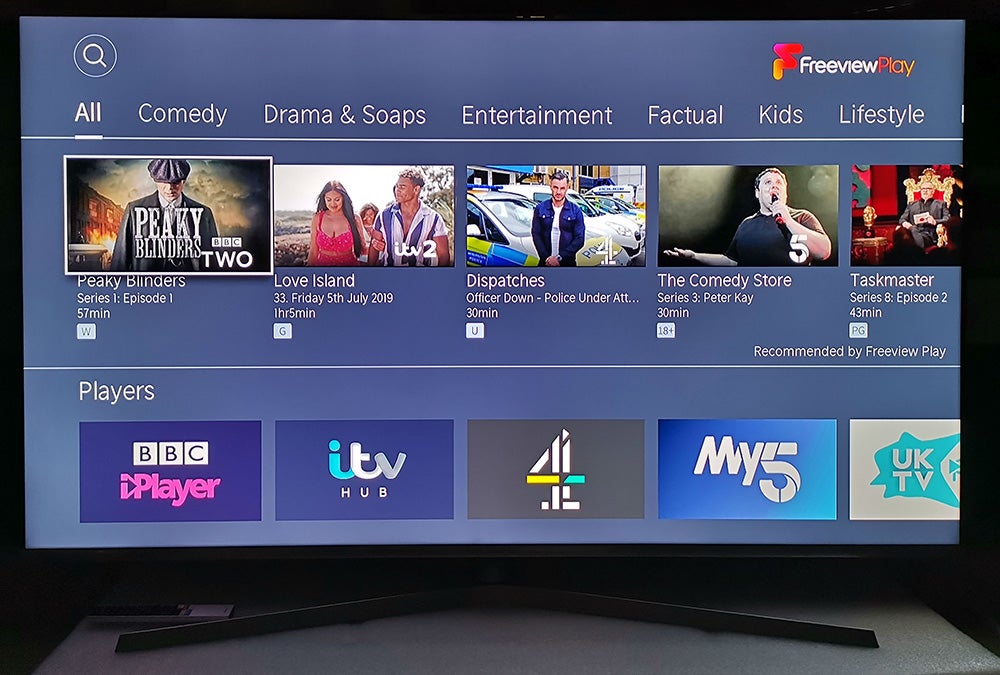
The U8B puts in a respectable mid-range performance when it comes to peak panel brightness. We measured HDR highs around 470 cd/m2 (aka nits), using a standard 10% HDR test window. This figure fluctuates depending on the picture preset mode, but not by much.
The screen’s black level performance is more contentious. The local dimming implementation isn’t particularly sophisticated, which means it suffers from obvious halos and blooming issues when bright specular highlights are presented against a black or shadowed background. Just hitting pause on a Blu-ray player can result in a backlight streak since it illuminates the onscreen graphic.
Backlight uniformity is also a bit patchy.
The U8B may not have the dark-room capabilities for critical cinematic viewing, but it’s a cracking screen for gaming and sports. With the Sports preset engaged, you’ll notice a tendency to oversaturate green, but we suspect this is entirely deliberate.
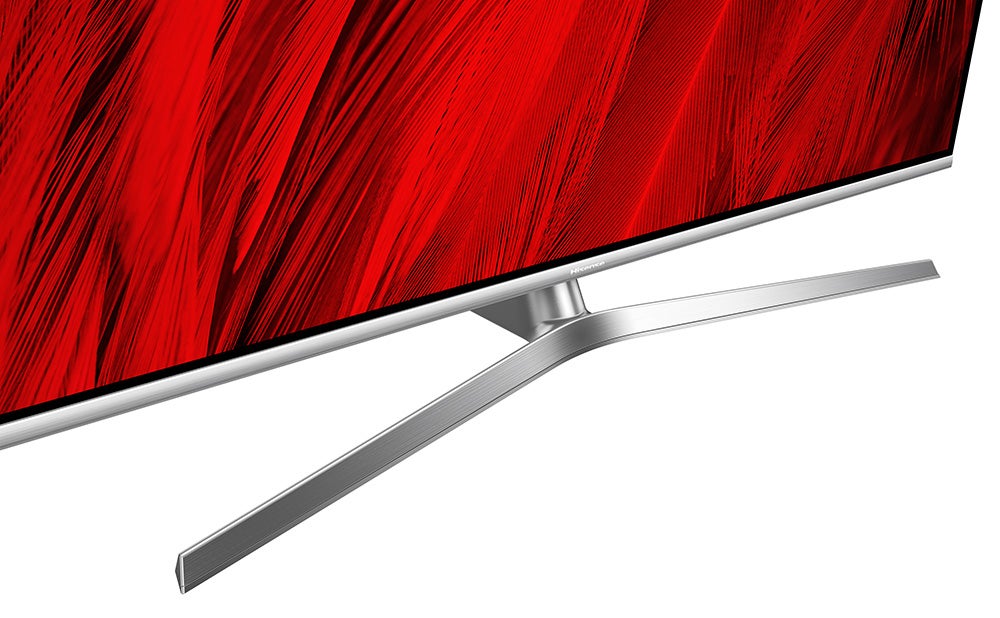
On-board image interpolation is also powerful. The TV has a 120Hz refresh rate, designated Smooth Motion Rate 200. Interpolation settings vary between Smooth, Standard, Clear and Custom – the latter with manual adjustment for judder reduction and blur reduction. Fast-moving action is well handled, with motion artefacts kept to the minimum.
In Game mode, input lag measured at 31.5ms, which is in the right ballpark for a perfectly respectable gaming performance.
Off-axis viewing leads to the inevitable dip in colour and contrast, but not disastrously so. Those lounging to the side won’t have much to complain about.
The set’s audio performance is similarly credible. There’s enough volume and weight to its stereo presentation to see you through casual viewing. The U8B is compatible with Dolby Atmos sources; just don’t expect it to sound in anyway immersive.
Related: What is Dolby Atmos? All you need to know
Should I buy a Hisense U8B 4K ULED TV?
Those looking for an inexpensive big-screen, primarily for regular TV, sports and gaming will be well served by the U8B.
This Hisense model offers terrific overall value, particularly if you want to kick-back with the latest FIFA, or invite your mates round to watch the big game. It’s less suitable for serious home cinema use – that tendency to bloom and halo is unlikely to endear itself to serious cinephiles.
How we test televisions
We test every TV we review thoroughly over an extended period of time. We use industry standard tests to compare features properly. We’ll always tell you what we find. We never, ever, accept money to review a product.


